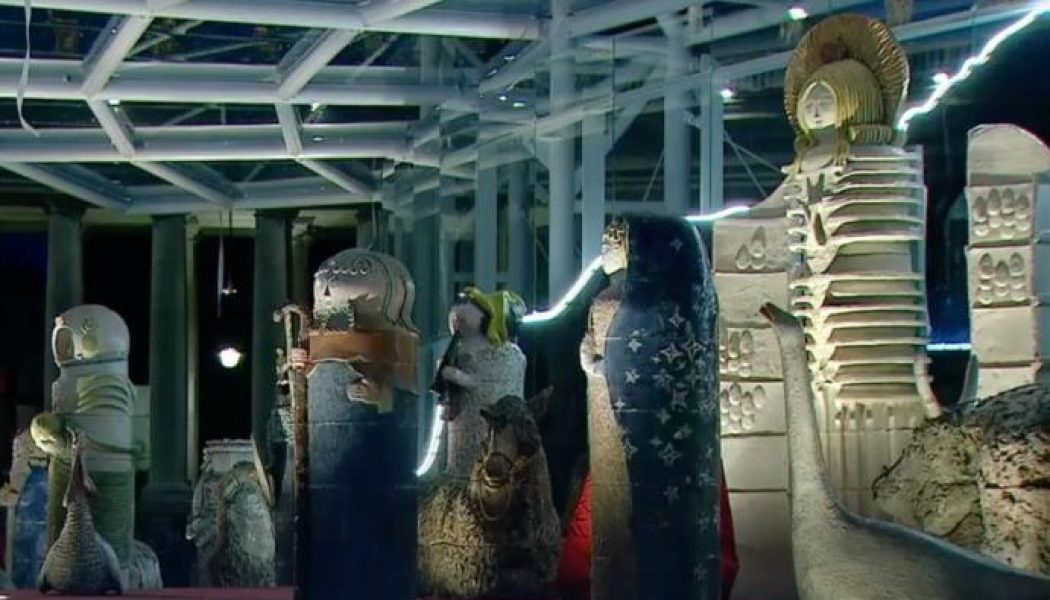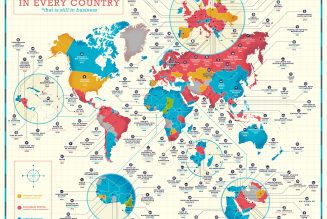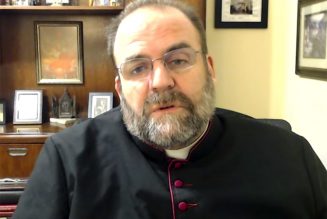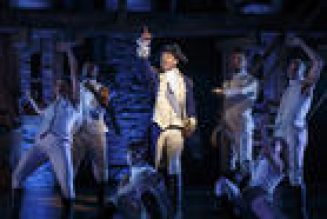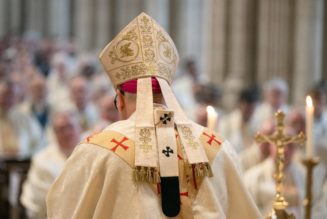On the feast of Our Lady of Guadalupe, Pope Francis gave remarks to artists on the importance of beauty, particularly “on art and its role at this critical moment in our history.” He notes three movements of beauty and its role in our current crisis, while citing the example of the nativity scene:
We can speak of artistic creation in terms of three “movements”. A first movement has to do with the senses, which are struck with wonder and amazement. This initial, outer movement then leads to others, more profound.
A second movement touches the depths of our heart and soul. A composition of colours, words or sounds has the power to evoke within us memories, images and emotions…
Yet artistic creation does not stop here. There is a third movement, in which the perception and contemplation of beauty generates a sense of hope that can light up our world. The outer and inner movements merge and in turn affect our way of relating to those all around us. They generate empathy, the ability to understand others, with whom we have so much in common. We sense a bond with them, a bond no longer vague, but real and shared.
This threefold movement of wonder, personal discovery and sharing produces a feeling of peace . . .
Amid the anxiety provoked by the pandemic, your creativity can be a source of light. The crisis has made even denser the “dark clouds over a closed world” (cf. Fratelli Tutti, 9-55), and this might seem to obscure the light of the divine, the eternal. Let us not yield to that illusion, but seek the light of Christmas, which dispels the darkness of sorrow and pain.
Dear artists, in a special way you are “guardians of beauty in our world”.[6] I thank you for your spirit of solidarity, which is all the more evident in these days. Yours is a lofty and demanding calling, one that requires “pure and dispassionate hands”[7] capable of transmitting truth and beauty. For these instil joy in human hearts and are, in fact, “a precious fruit that endures through time, unites generations and makes them share in a sense of wonder”.[8] Today, as always, that beauty appears to us in the lowliness of the Christmas crèche. Today, as always, we celebrate that beauty with hearts full of hope.
Greetings to the Artists of the Christmas Concert at the Vatican.
Beautiful words, although they are contradicted by the actual nativity scene sitting in St. Peter’s Square, a monstrosity that flatly contradicts the ideal of beauty and its power to inspire wonder and hope.

The term brutalist has been used in architecture, although I think it applies here as well. The figures are truly inhuman, and, rather than giving hope, they express the crushing and distorting inhumanity of our time. They do not draw us into the mystery of the Nativity, but draw it into the ugliness and triviality of our culture.
The contrast between Francis’ words and the nativity scene point to difficulty of continuing the Church’s artistic legacy. It is easy to praise and hard to imitate. A bad imitation would be one things and perhaps understandable. We largely are not even trying.
The Popes, for better and worse, have served as elite patrons of art. There is one clear way to improve Catholic art. Commission it! Artists will respond when they are encouraged to think with the tradition and, even more importantly, are paid to do so. The more we see good art, the more will want it and think it is achievable, as can be seen by a wave of new, beautiful churches in the United States.
The difference between good and bad papal commissions can be seen in the last sixty years. The Paul VI Audience Hall, commissioned in 1963 and completed in 1971, reflects Paul’s affinity for modern art. Designed by Pier Luigi Nervi, known for his innovative use of concrete, it also contains the modernist, expressionist sculpture of the Resurrection by Pericle Fazzini (1977). No one would ever accuse the Hall and its sculpture of beauty, wonder, or hope.
We can compare this monstrosity with a chapel commissioned by St. John Paul II and paid for by the College of Cardinals to commemorate the 50th anniversary of his priestly ordination. Although he also had some proclivity for modern art, the Redemptoris Mater Chapel bears a more traditional style, invoking the heritage of the Christian East and employing a more limited modern idiom. The Centro Aletti, guided by Fr. Marko Ivan Rupni, oversaw the execution of the mosaics and entrusted the Russian art historian, Oleg Germanovich Ulyanov, with the design of the central area behind the altar (see left image below). The work completed in 1999 renovated the earlier Matilda Chapel, and bore the name of John Paul’s encyclical on the Blessed Mother. It clearly communicates the faith and draws upon the Church’s own heritage in new ways to enhance the message.
The eclipse of beauty in the Church strikes at the faith in a way analogous to the distortion of doctrine, as both obscure the manifestation of the Word of God. If the Church is serious about preaching beauty, then she also needs to bring about a renewal of the arts by commissioned beautiful works.
Join Our Telegram Group : Salvation & Prosperity
